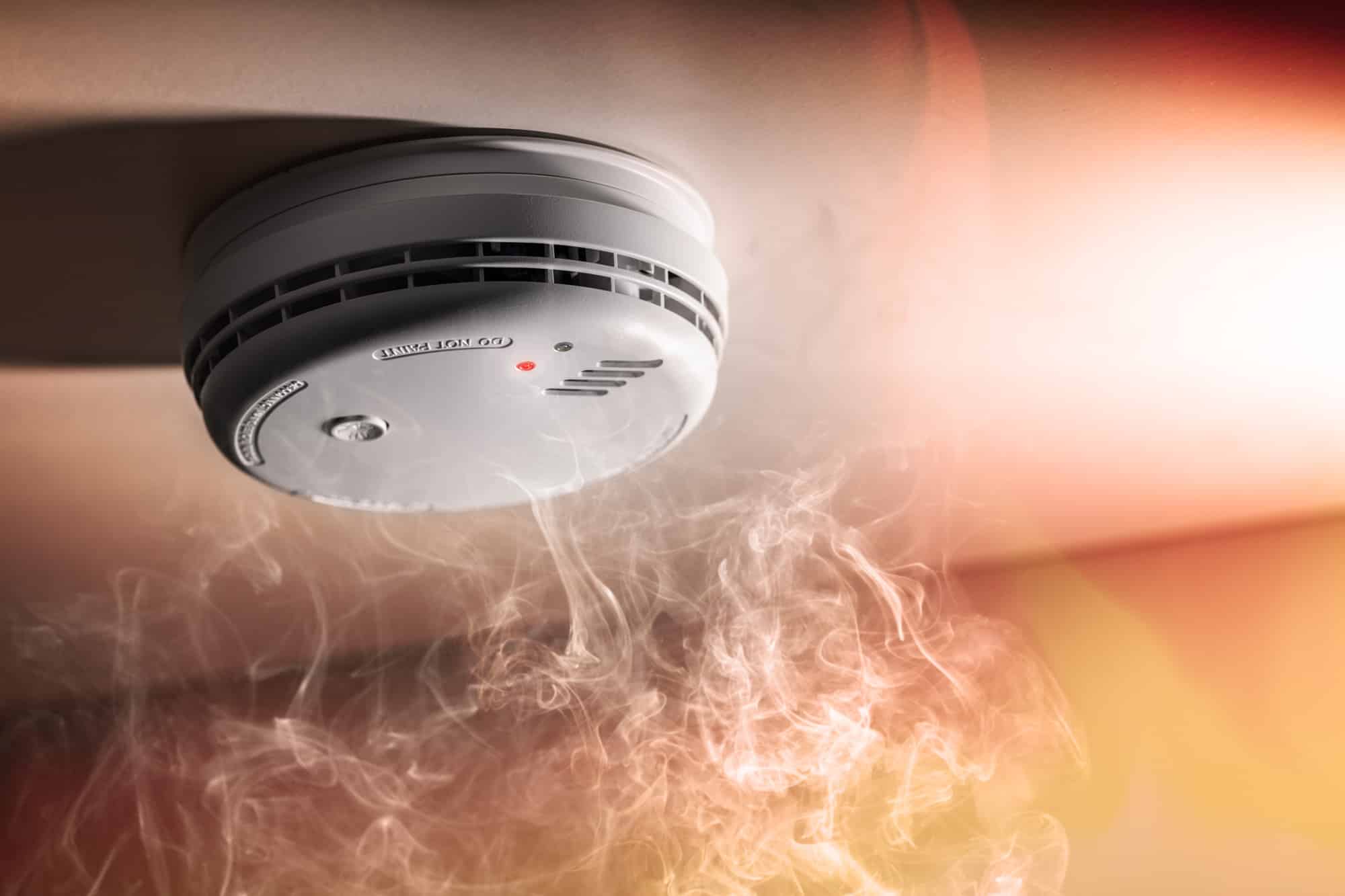

Articles
What Does A Smoke Detector Detect
Modified: January 18, 2024
Learn what a smoke detector detects in this informative article. Discover the importance of having this crucial safety device in your home.
(Many of the links in this article redirect to a specific reviewed product. Your purchase of these products through affiliate links helps to generate commission for Storables.com, at no extra cost. Learn more)
Introduction
Smoke detectors are essential devices that help protect us from the dangers of fire by detecting the presence of smoke in our homes, offices, and other buildings. They play a critical role in early warning systems, alerting us to potential fire incidents and giving us precious time to evacuate and call for help.
In this article, we will explore how smoke detectors work, the different types of smoke detectors available, and common sources of false alarms. By understanding the inner workings of these devices, we can better appreciate their importance in fire safety and make informed decisions when it comes to selecting and maintaining smoke detectors.
So, what exactly do smoke detectors detect? Let’s delve into the intricacies of these life-saving devices and gain a deeper understanding of their functionality.
Key Takeaways:
- Understanding the different types of smoke detectors, such as ionization, photoelectric, and dual sensor, can help you make informed decisions to enhance fire safety in your home or building.
- Being aware of common sources of false alarms, such as cooking, steam, and dust, and taking preventive measures can help ensure the reliable performance of smoke detectors and minimize unnecessary disruptions.
How Smoke Detectors Work
Smoke detectors utilize various technologies to detect the presence of smoke particles in the air. The two most common types of smoke detectors are ionization smoke detectors and photoelectric smoke detectors.
Ionization Smoke Detectors: Ionization smoke detectors work by using a small amount of radioactive material, typically Americium-241, to ionize the air inside the detector. This creates an electrical current that is continually monitored. When smoke particles enter the chamber, they disrupt the current flow, triggering the alarm. Ionization smoke detectors are particularly effective at detecting fast-flaming fires, which produce small smoke particles but may not immediately generate a visible flame.
Photoelectric Smoke Detectors: Photoelectric smoke detectors rely on a light source and a light-sensitive sensor. When smoke enters the chamber, it scatters the light, causing it to hit the sensor. The sensor then triggers the alarm. Photoelectric smoke detectors are well-suited for detecting smoldering fires, which generate larger smoke particles and often produce dense smoke before a visible flame appears.
Some smoke detectors also employ a combination of ionization and photoelectric technology, known as dual sensor smoke detectors. These devices offer the benefits of both technologies, providing better overall fire detection capabilities.
In addition to ionization and photoelectric smoke detectors, there are other types of smoke detectors available, such as air-sampling smoke detectors and aspirating smoke detectors. These advanced systems are typically used in large commercial or industrial settings, where early detection is crucial.
No matter the type of smoke detector, it is vital to place them strategically in your home or building. Install smoke detectors on every level, including the basement, and ensure there is at least one detector outside each sleeping area and in every bedroom. Place them high on the wall or on the ceiling, away from corners and vents. Regularly test and maintain your smoke detectors to ensure their optimal performance.
Now that we have a clear understanding of how smoke detectors work and the various technologies employed, let’s explore the different types of smoke detectors in more detail.
Types of Smoke Detectors
When it comes to fire safety, having the right type of smoke detector can make a significant difference in providing early warning and protecting lives. Let’s take a closer look at the different types of smoke detectors available:
1. Ionization Smoke Detectors: These detectors are designed to quickly respond to fast-flaming fires, such as those caused by burning paper or grease. They use a small amount of radioactive material to ionize the air inside the detector. When smoke particles enter the chamber, they disrupt the electrical current, triggering the alarm.
2. Photoelectric Smoke Detectors: These detectors are best at sensing slow, smoldering fires that produce larger smoke particles. They use a light source and a light-sensitive sensor. When smoke enters the chamber, it scatters the light, causing it to hit the sensor and trigger the alarm.
3. Dual Sensor Smoke Detectors: Dual sensor detectors combine the capabilities of ionization and photoelectric smoke detectors. They are effective at detecting a wide range of fires, offering a higher level of safety and reducing the risk of false alarms.
4. Air-Sampling Smoke Detectors: Also known as aspirating smoke detectors, these systems use a network of air-sampling pipes to actively draw air samples from different areas. They provide early detection capabilities and are commonly used in sensitive environments, such as data centers or museums.
5. Ionization Chamber Smoke Detectors: These detectors work by using an ionization chamber with a radioactive source. When smoke particles enter the chamber, they disrupt the electrical current, triggering the alarm. They are commonly used in residential and commercial buildings.
6. Beam Smoke Detectors: Beam detectors consist of a transmitter and a receiver mounted on opposite sides of the area being monitored. When smoke interrupts the beam, it triggers the alarm. These detectors are typically used in larger spaces, such as warehouses or atriums.
7. Heat Detectors: While not technically smoke detectors, heat detectors are designed to sense a rapid rise in temperature and trigger the alarm. They are commonly used in areas where the presence of smoke or fumes is expected, such as kitchens or garages.
It is important to keep in mind that no single type of smoke detector is universally superior. The best choice depends on the specific needs of your home or building and the types of fires most likely to occur in your environment.
Now that we have explored the different types of smoke detectors, let’s discuss the specific functionalities of ionization and photoelectric smoke detectors in more detail.
Ionization Smoke Detectors
Ionization smoke detectors are one of the most common types of smoke detectors found in homes and commercial buildings. They utilize a small amount of radioactive material, typically Americium-241, to ionize the air inside the device.
Inside an ionization smoke detector, there are two electrically charged plates: a positive plate and a negative plate. The radioactive material emits alpha particles that ionize the air, creating a small electrical current between the plates.
When smoke particles enter the ionization chamber, they disrupt the current flow. This change in current triggers the alarm, signaling the presence of smoke. It is this sensitivity to smoke particles that makes ionization smoke detectors particularly effective at detecting fast-flaming fires that produce smaller smoke particles.
Ionization smoke detectors have several advantages. They are generally more affordable and widely available compared to other types of smoke detectors. They respond quickly to fires with rapid combustion, such as those caused by burning paper or grease. This makes them suitable for areas like kitchens or garages, where fast-flaming fires are more likely to occur.
However, there are some considerations with ionization smoke detectors. While they are effective at detecting fast-flaming fires, they may be slower to respond to slower-burning, smoldering fires that produce larger smoke particles.
Additionally, ionization smoke detectors are more prone to false alarms, as they can be triggered by non-fire sources, such as cooking vapors or steam from showers. This can lead to nuisance alarms and potential complacency when responding to alarms.
To maximize their effectiveness, it is important to properly install and maintain ionization smoke detectors. Install them on every level of your home or building, including basements, and place them outside sleeping areas and in every bedroom. Regularly test the detectors, replace the batteries at least once a year, and clean them regularly to remove dust and debris that may interfere with their operation.
It’s worth noting that experts recommend using both ionization and photoelectric smoke detectors, or a dual sensor smoke detector, to provide the best overall fire detection capabilities. By combining the strengths of each technology, you can enhance the safety of your home or building and reduce the risk of false alarms.
Now that we have explored ionization smoke detectors, let’s move on to discussing another common type – photoelectric smoke detectors.
Photoelectric Smoke Detectors
Photoelectric smoke detectors are another widely used type of smoke detector that operate based on the principle of light scattering. Unlike ionization smoke detectors, which detect smoke particles by disrupting an electrical current, photoelectric smoke detectors rely on a light source and a light-sensitive sensor.
Inside a photoelectric smoke detector, there is a light source, typically an LED, and a light-sensitive sensor, such as a photocell or photodiode. The light source emits a beam of light, which is directed away from the sensor. In a smoke-free environment, the light beam continues in a straight path and does not reach the sensor.
When smoke enters the detector chamber, it scatters the light particles, causing some of the scattered light to reach the sensor. This change in the amount of light reaching the sensor triggers the alarm, indicating the presence of smoke.
Photoelectric smoke detectors are particularly effective at detecting smoldering fires, which tend to produce larger smoke particles and often generate dense smoke before a visible flame appears. These detectors have a faster response time to slow-burning fires and are generally less prone to false alarms caused by cooking or steam.
One of the advantages of photoelectric smoke detectors is their ability to warn you at an earlier stage of a fire, giving you more time to react and evacuate. This can be crucial for the safety of you and your loved ones.
Photoelectric smoke detectors can be sensitive to certain types of airborne particles, such as dust or insects, which may trigger false alarms. To minimize this risk, it is important to keep the detectors clean and free from dust or debris. Regularly test the detectors’ functionality and replace batteries at least once a year.
It is worth noting that combining photoelectric smoke detectors with ionization smoke detectors or using dual sensor smoke detectors can provide the highest level of fire detection coverage. This approach ensures that you are well-equipped to detect both fast-flaming fires and slow-burning smoldering fires.
When installing photoelectric smoke detectors, place them on every level of your home or building, including basements, and outside sleeping areas and in every bedroom. Make sure to follow the manufacturer’s instructions for optimum placement. Periodically check and maintain the detectors to ensure their proper function.
Now that we have explored the working principle of photoelectric smoke detectors, let’s move on to discussing dual sensor smoke detectors and other types of smoke detectors.
Tip: A smoke detector detects the presence of smoke in the air, which can indicate a fire. It is important to regularly test and maintain your smoke detectors to ensure they are functioning properly.
Read more: What Is A Smoke Detector?
Dual Sensor Smoke Detectors
Dual sensor smoke detectors combine the functionalities of ionization and photoelectric smoke detectors, offering a comprehensive approach to fire detection. These detectors utilize both ionization and photoelectric technologies to provide improved coverage and a higher level of fire detection capabilities.
The dual sensor smoke detector is designed to detect a wide range of fires, including fast-flaming fires and slow-burning smoldering fires. By incorporating both ionization and photoelectric sensors, these detectors can quickly respond to a broad spectrum of fire conditions, providing early warning and reducing the risk of false alarms.
When smoke particles enter the chamber of a dual sensor smoke detector, the ionization sensor and the photoelectric sensor work simultaneously to detect the presence of smoke. If either sensor is triggered, it will set off the alarm, alerting occupants of the potential fire.
This combination of detection technologies ensures a higher degree of accuracy, as it reduces the likelihood of overlooking certain types of fires. By integrating the strengths of ionization and photoelectric smoke detectors, dual sensor smoke detectors offer enhanced performance and increased reliability.
While dual sensor smoke detectors offer excellent fire detection capabilities, it is important to properly install and maintain them for optimal performance. Place them on every level of your home or building, including basements, and outside sleeping areas and in every bedroom. Regularly test the detectors, replace the batteries according to the manufacturer’s guidelines, and clean them to remove any dust or debris that may impact their functionality.
It is important to note that the selection of the appropriate type of smoke detector, including whether to choose dual sensor smoke detectors, should be based on the specific fire risks and needs of your home or building. Consult with fire safety professionals or refer to local fire safety codes for guidance on the most suitable smoke detectors for your environment.
Now that we have explored dual sensor smoke detectors, let’s move on to discussing other types of smoke detectors that may be utilized for specialized purposes.
Other Types of Smoke Detectors
In addition to ionization, photoelectric, and dual sensor smoke detectors, there are several other types of smoke detectors available that are used for specific purposes or in specialized environments. Let’s explore some of these options:
1. Air-Sampling Smoke Detectors: Also known as aspirating smoke detectors, these systems are used in areas where early detection is crucial, such as data centers, museums, or warehouses. Air-sampling smoke detectors work by actively drawing air samples from different locations through a network of pipes. The air samples are then analyzed for the presence of smoke particles. These high-sensitivity detectors can detect fires at their early stages, providing valuable time for evacuation and fire suppression.
2. Beam Smoke Detectors: Beam detectors consist of a transmitter and a receiver mounted on opposite sides of an area. A beam of light is emitted from the transmitter and received by the receiver. When smoke interrupts the beam, it triggers the alarm. Beam smoke detectors are commonly used in large spaces, such as warehouses or atriums, where other types of detectors may not be as effective.
3. Heat Detectors: While not technically smoke detectors, heat detectors are designed to sense a rapid rise in temperature and trigger the alarm. They are commonly used in areas where the presence of smoke or fumes is expected, such as kitchens or garages. Unlike smoke detectors, heat detectors are not sensitive to smoke particles but are activated solely by increased temperature.
4. Flame Detectors: Flame detectors are specialized devices that are used to detect the presence of flames. These detectors do not rely on the presence of smoke particles but instead use various technologies, such as ultraviolet (UV) or infrared (IR) sensors, to identify the wavelengths of light emitted by flames. Flame detectors are commonly used in environments where fires may not produce significant amounts of smoke, such as gas-fired power plants or industrial facilities.
It is important to note that while these specialized smoke detectors have their specific uses and benefits, they may not be necessary for residential or typical commercial settings. The selection of the appropriate type of smoke detector should be based on the specific fire risks and needs of your environment.
Remember, regardless of the type of smoke detector you choose, it is vital to properly install, test, and maintain them in accordance with manufacturer instructions and local fire safety codes. Having working smoke detectors and a comprehensive fire safety plan is crucial for protecting life and property.
Now that we have explored the different types of smoke detectors available, let’s discuss some common sources of false alarms that can impact their effectiveness.
Common Sources of False Alarms
While smoke detectors are vital for fire safety, they can sometimes be triggered by non-fire sources, leading to false alarms. False alarms can be disruptive and may potentially lead to complacency if frequent occurrences are not addressed. Understanding the common sources of false alarms can help prevent unnecessary disruptions and ensure that smoke detectors function effectively when a real fire occurs. Here are some common causes of false alarms:
1. Cooking: Smoke and steam generated during cooking can trigger smoke detectors, especially if they are located too close to the kitchen. To minimize false alarms, consider relocating detectors away from cooking areas or install a hush feature that temporarily silences the alarm during cooking activities.
2. Steam and Humidity: Bathrooms with poor ventilation or areas with high humidity, such as near showers or over boiling pots of water, can generate steam that may trigger smoke detectors. Proper placement of detectors away from these areas can help prevent false alarms.
3. Dust and Debris: Accumulated dust, pet dander, or insects can interfere with the sensors of smoke detectors, causing false alarms. Regularly clean detectors using a soft brush or vacuum cleaner to remove any debris and ensure their proper functioning.
4. Insects and Rodents: Insects and rodents can sometimes find their way into smoke detectors, triggering false alarms. Ensure that the detectors are securely installed, and any gaps or openings are sealed to prevent pests from entering.
5. Malfunctioning Detectors: Smoke detectors have a limited lifespan and may experience malfunctions over time. Regularly test your detectors to ensure they are functioning correctly. If a detector frequently triggers false alarms despite proper maintenance, consider replacing it with a new one.
6. Cigarette Smoke: Smoke detectors are sensitive to tobacco smoke and can be triggered by cigarette smoke. If you smoke indoors, take precautions to direct the smoke away from the detectors or consider installing detectors with a hush feature to temporarily silence the alarms.
7. Power Interruptions: Power fluctuations and interruptions can sometimes trigger smoke detectors. Ensure that your detectors have a backup power source, such as batteries, to prevent false alarms caused by power-related issues.
While false alarms can be frustrating, it is important not to disable or ignore your smoke detectors. Instead, take preventive measures, such as relocating detectors, keeping them clean, and following manufacturer guidelines for installation and maintenance, to minimize false alarms while ensuring the safety of your home or building
Lastly, always respond promptly to smoke alarms, even if you believe it may be a false alarm. It is better to err on the side of caution and investigate the situation to ensure everyone’s safety.
Now that we understand the common sources of false alarms, let’s wrap up our discussion on smoke detectors.
Conclusion
Smoke detectors play a crucial role in fire safety by detecting the presence of smoke and providing early warning, allowing individuals to evacuate and call for help. Understanding how smoke detectors work and the different types available can help you make informed decisions when it comes to selecting the right detectors for your home or building.
Ionization smoke detectors are effective at detecting fast-flaming fires, while photoelectric smoke detectors are better at sensing slow-burning, smoldering fires. Dual sensor smoke detectors combine the strengths of both technologies, offering comprehensive fire detection capabilities.
In addition to these common types, specialized smoke detectors, such as air-sampling detectors, beam detectors, heat detectors, and flame detectors, are available for specific environments or purposes.
While smoke detectors are essential, it’s important to be aware of sources of false alarms, such as cooking, steam, dust, malfunctions, cigarette smoke, and power interruptions. Taking preventive measures, like proper maintenance, regular testing, and appropriate detector placement, can help reduce false alarms and ensure reliable performance.
Remember to install smoke detectors on every level of your home or building, outside sleeping areas, and in every bedroom. Follow manufacturer instructions for installation, testing, and maintenance to maximize their effectiveness.
By prioritizing fire safety, selecting the right smoke detectors, and staying vigilant, you can help protect yourself, your loved ones, and your property from the devastating effects of fire. The investment in smoke detectors and fire safety practices is a small price to pay for the peace of mind and potentially life-saving benefits they bring.
Stay informed, stay prepared, and stay safe.
Frequently Asked Questions about What Does A Smoke Detector Detect
Was this page helpful?
At Storables.com, we guarantee accurate and reliable information. Our content, validated by Expert Board Contributors, is crafted following stringent Editorial Policies. We're committed to providing you with well-researched, expert-backed insights for all your informational needs.
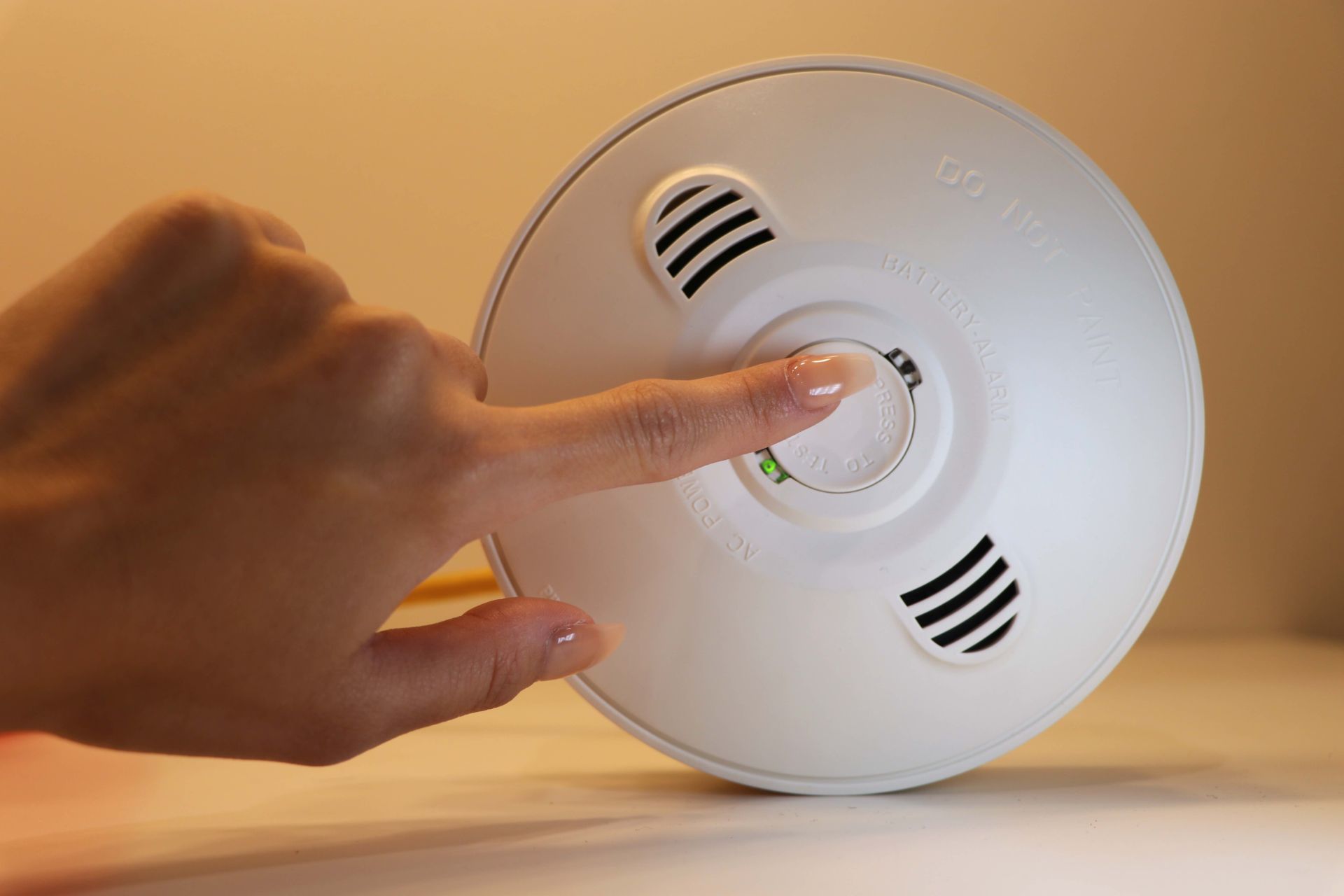
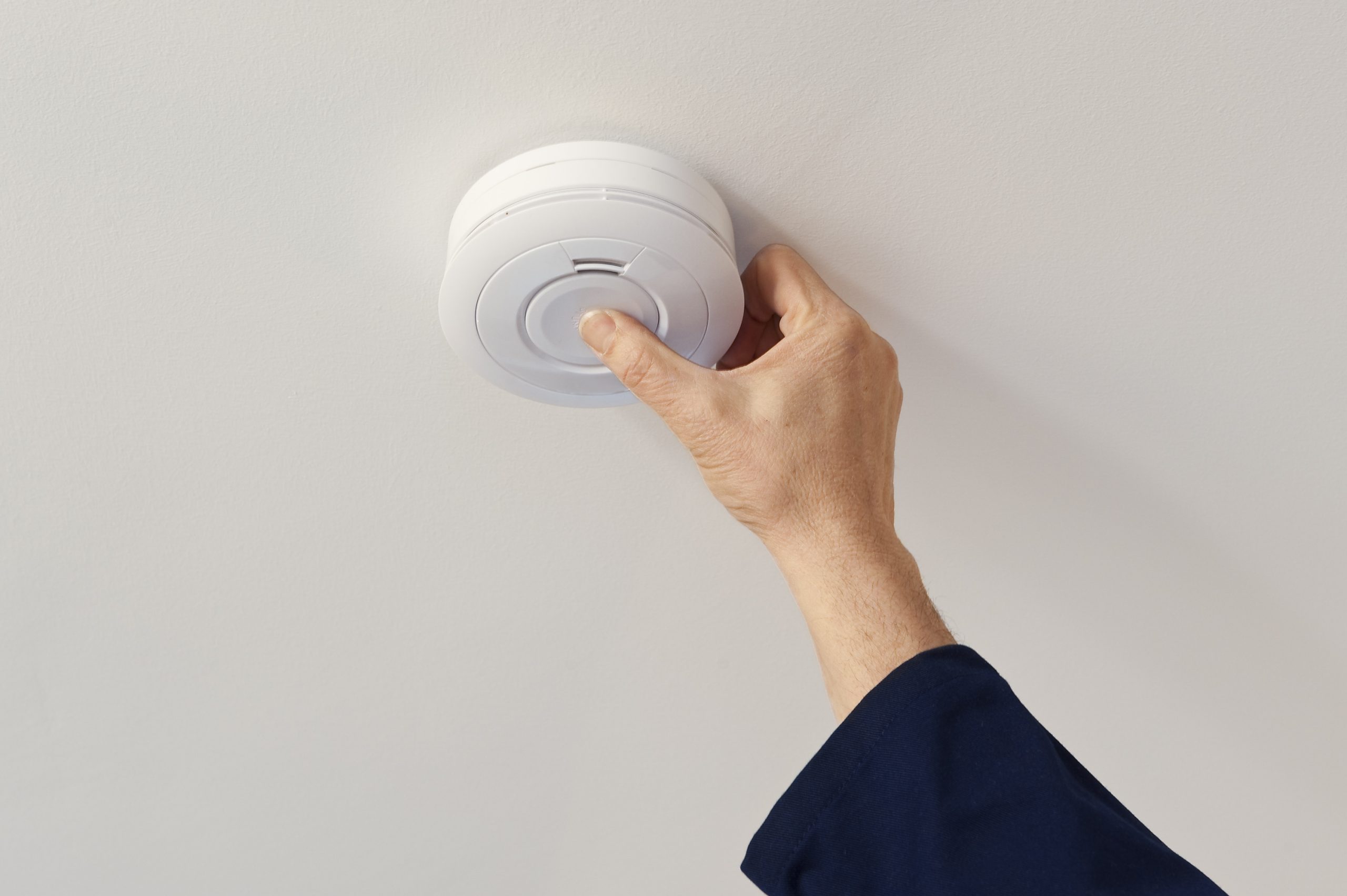
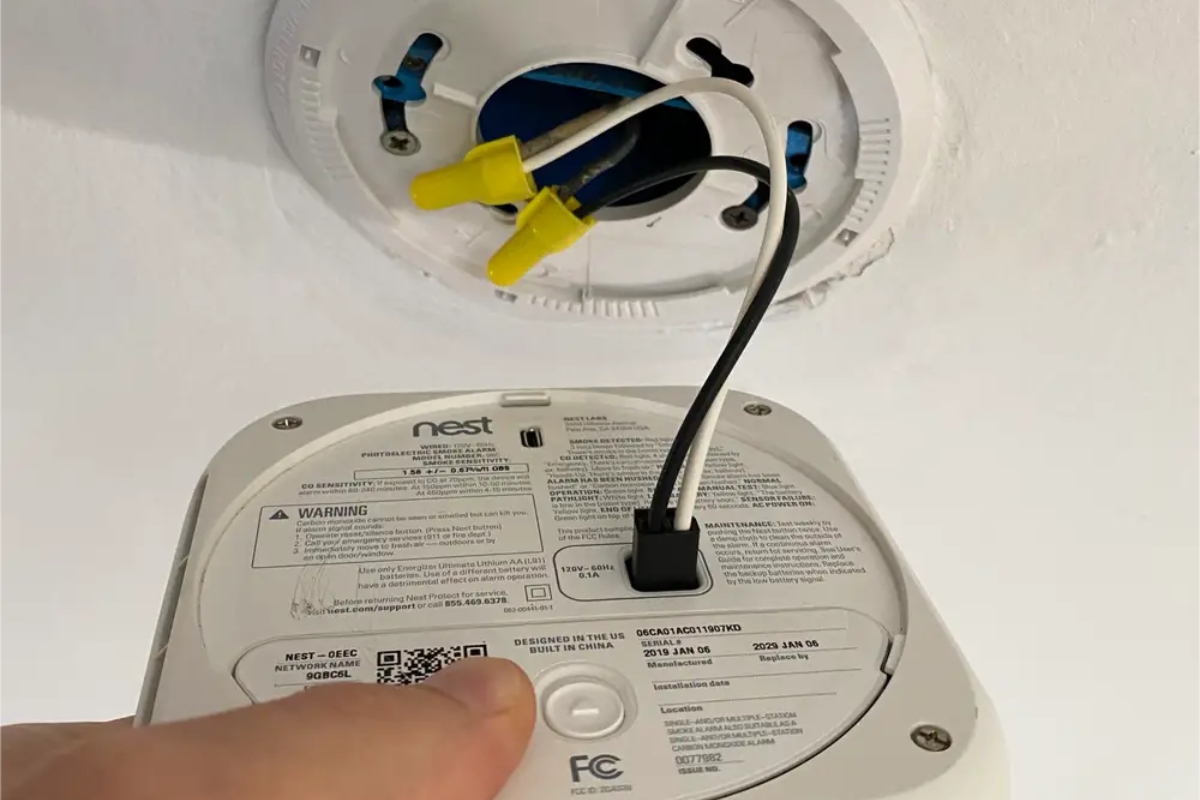

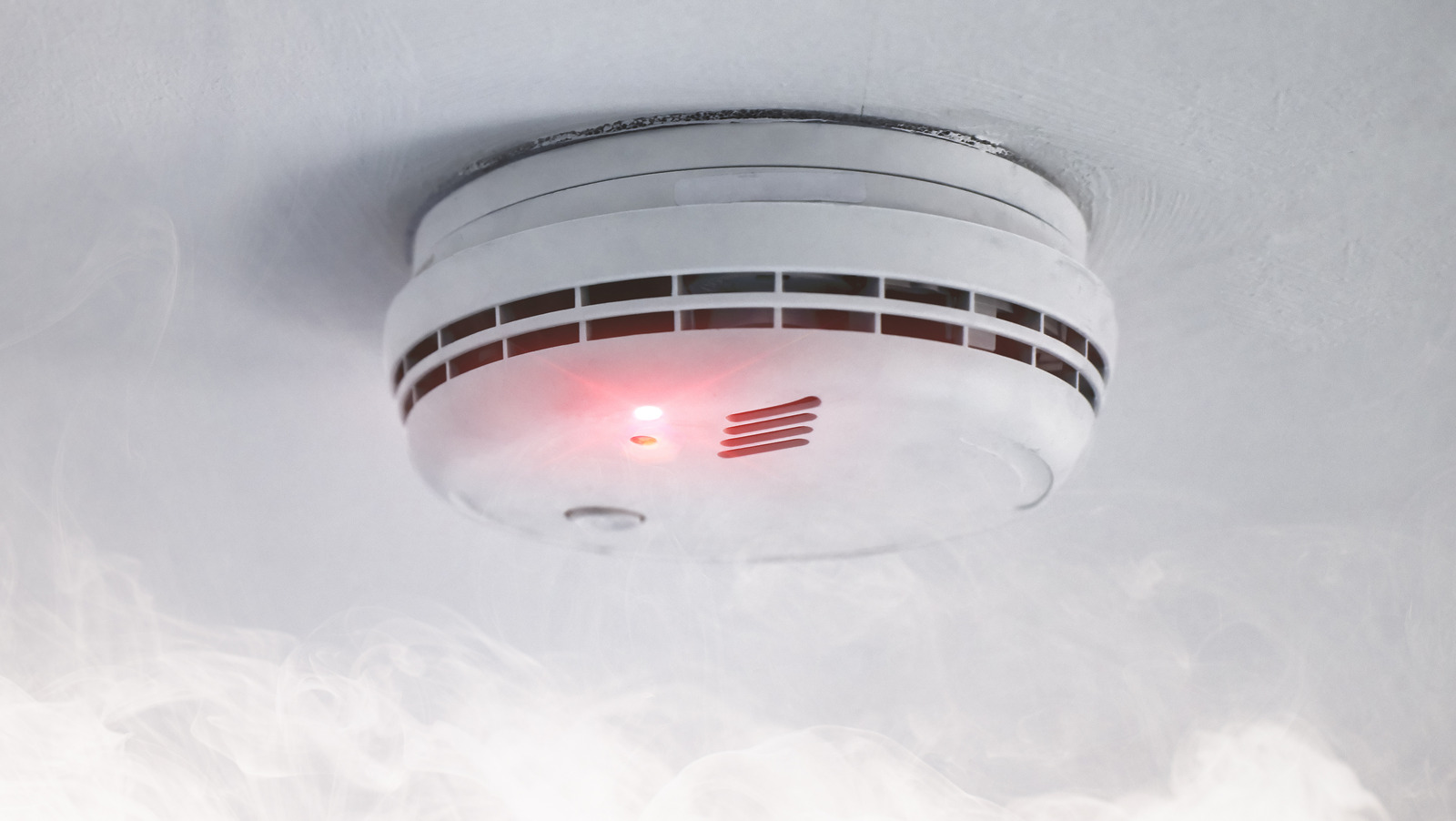
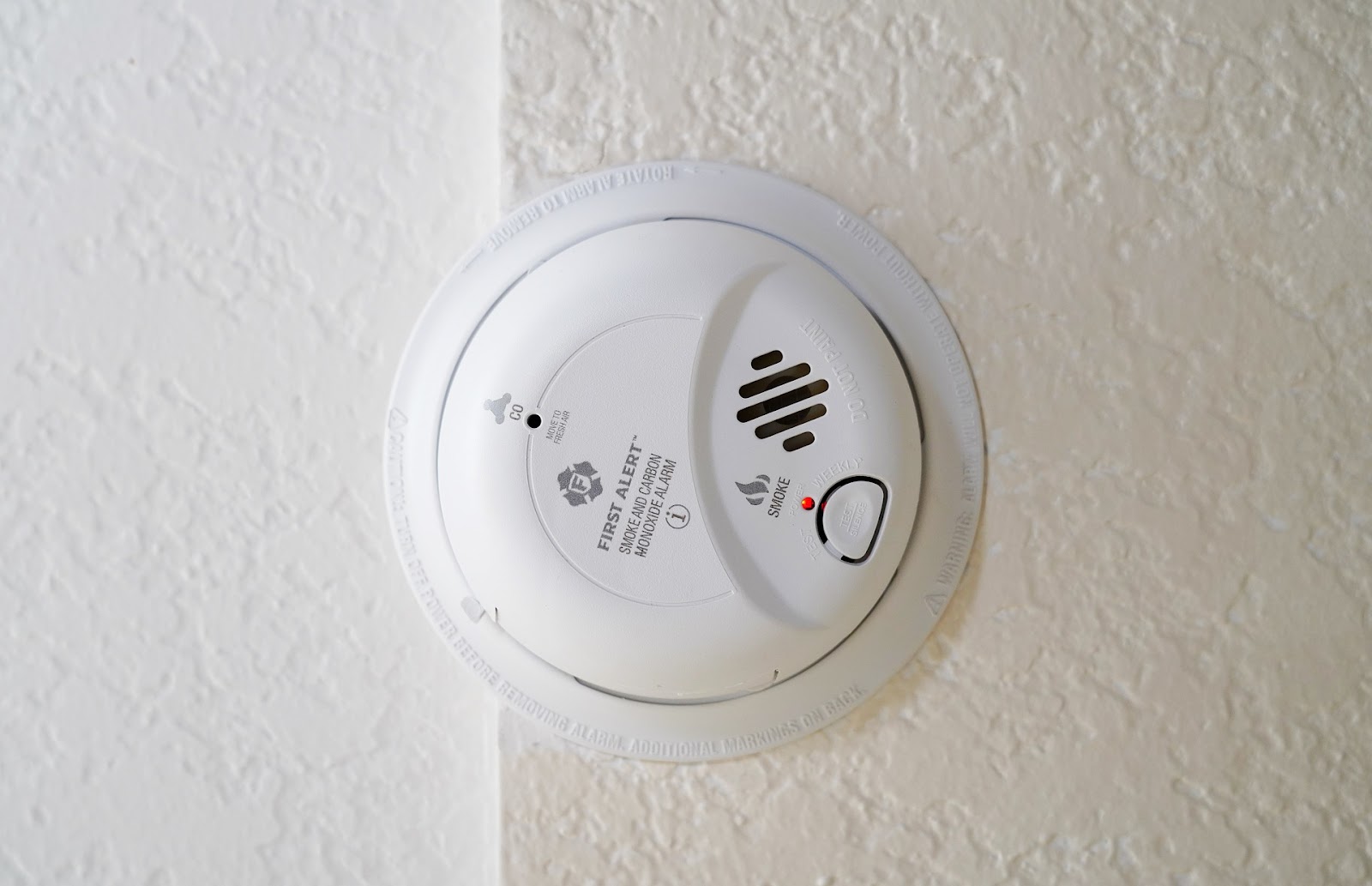
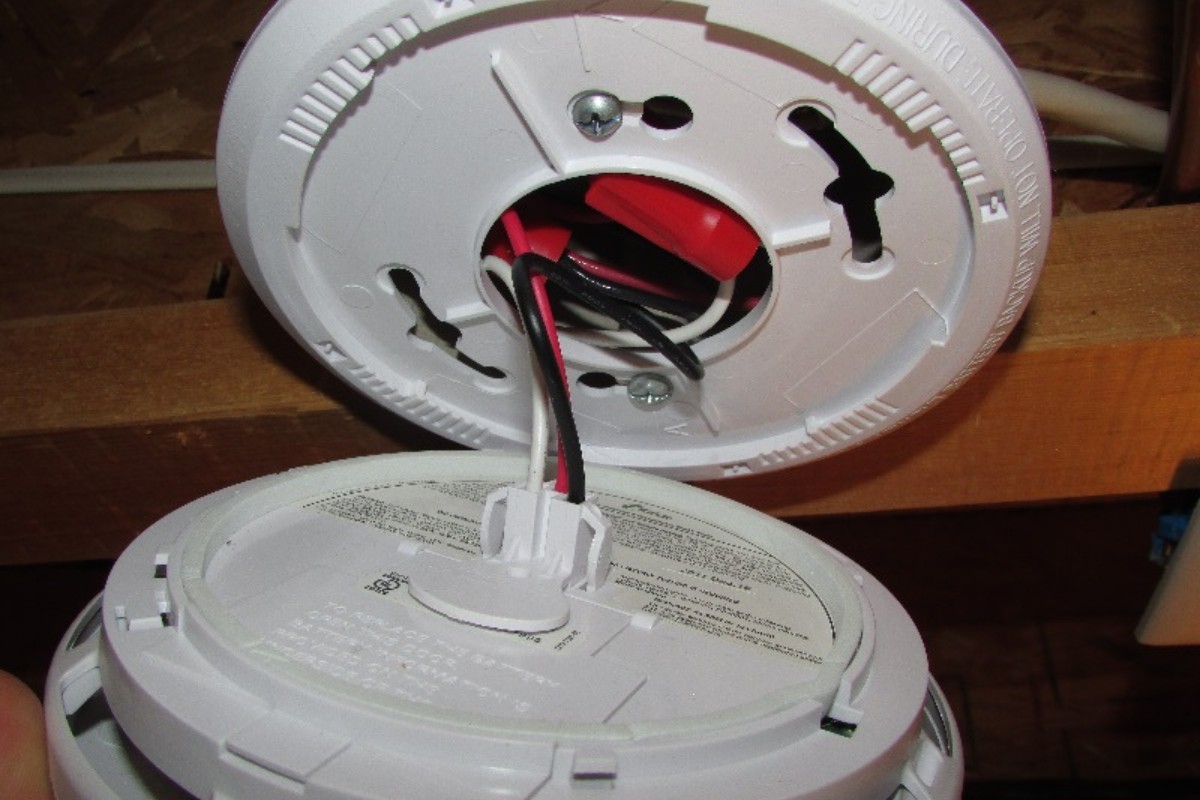
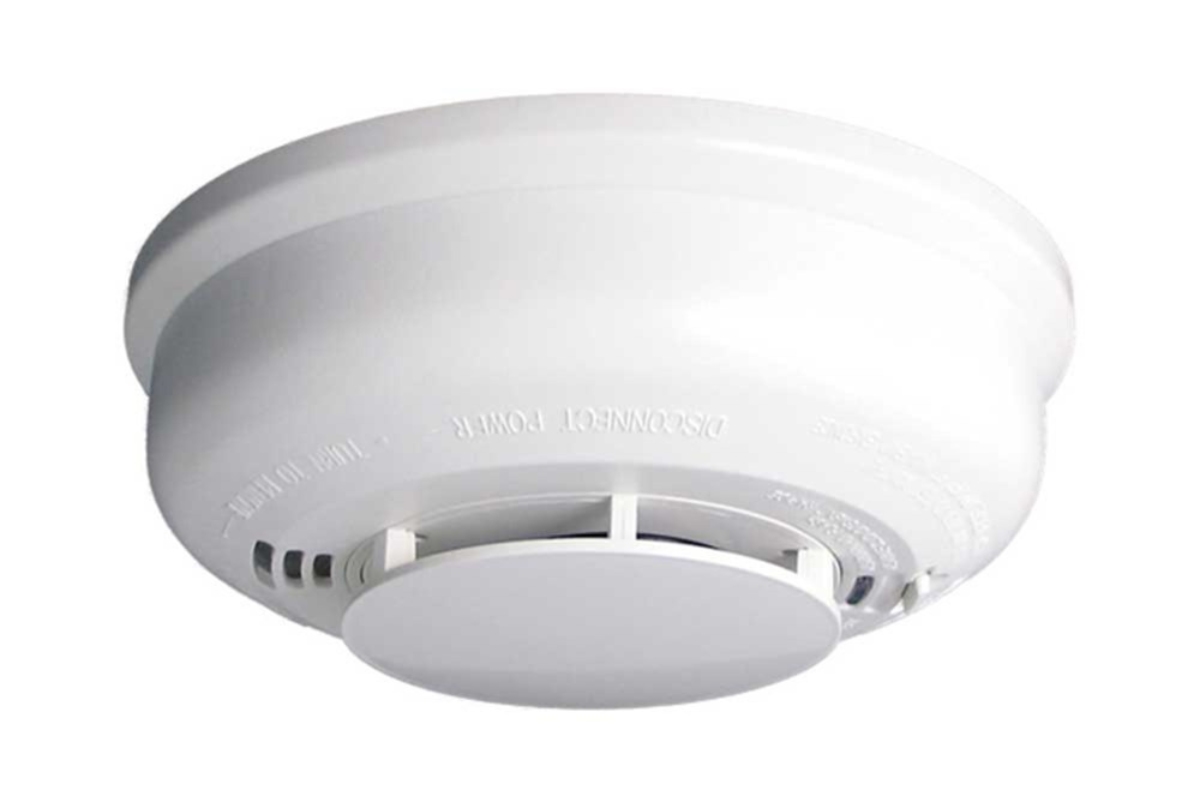
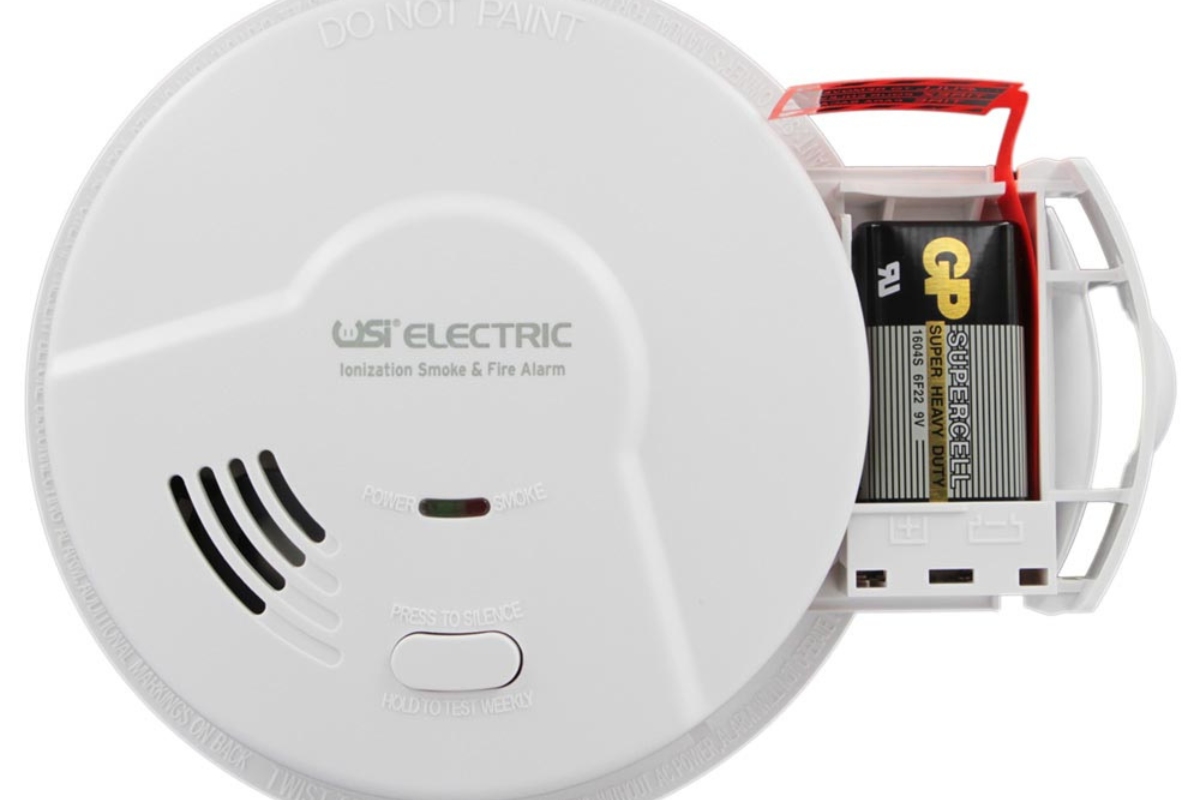
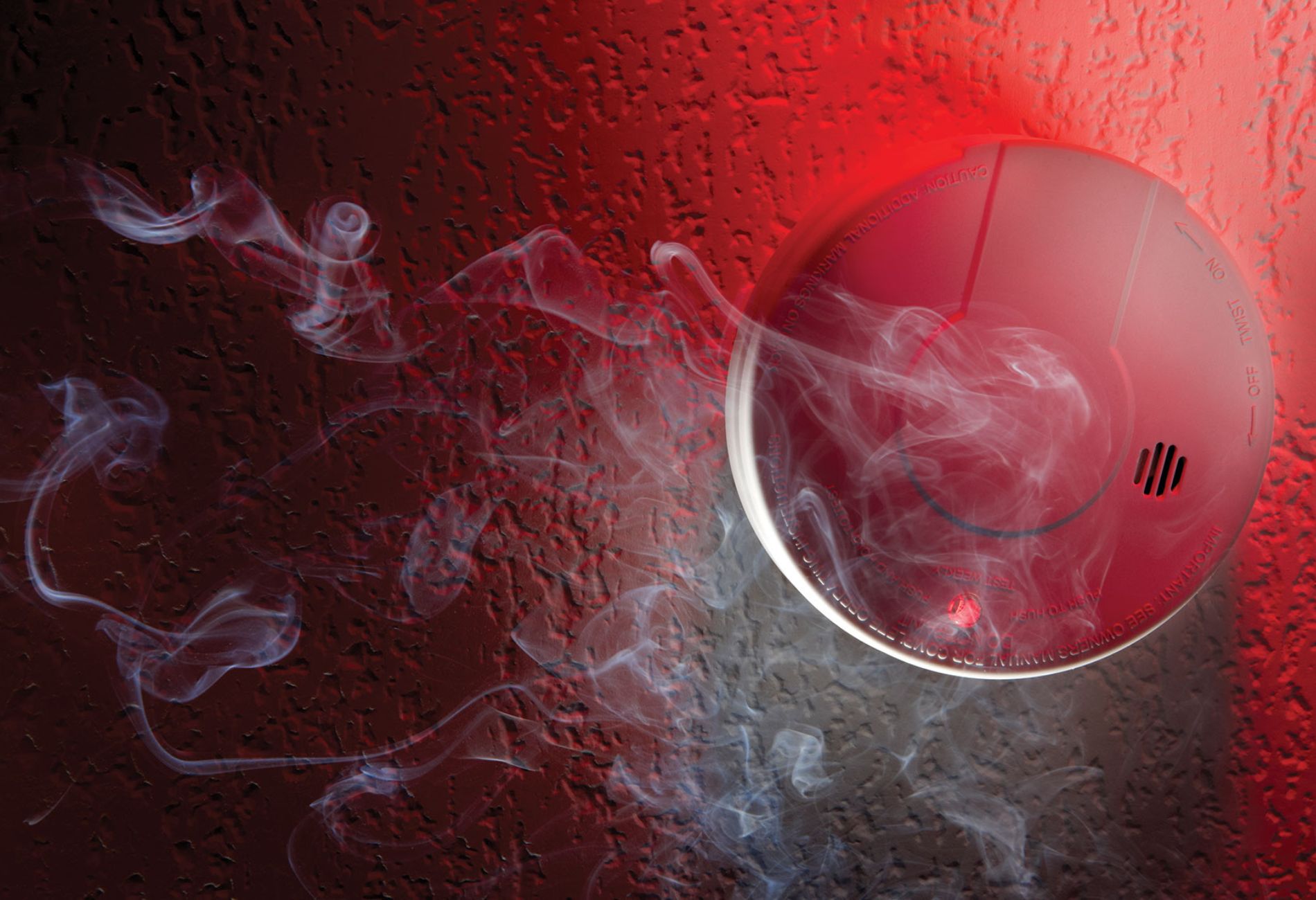
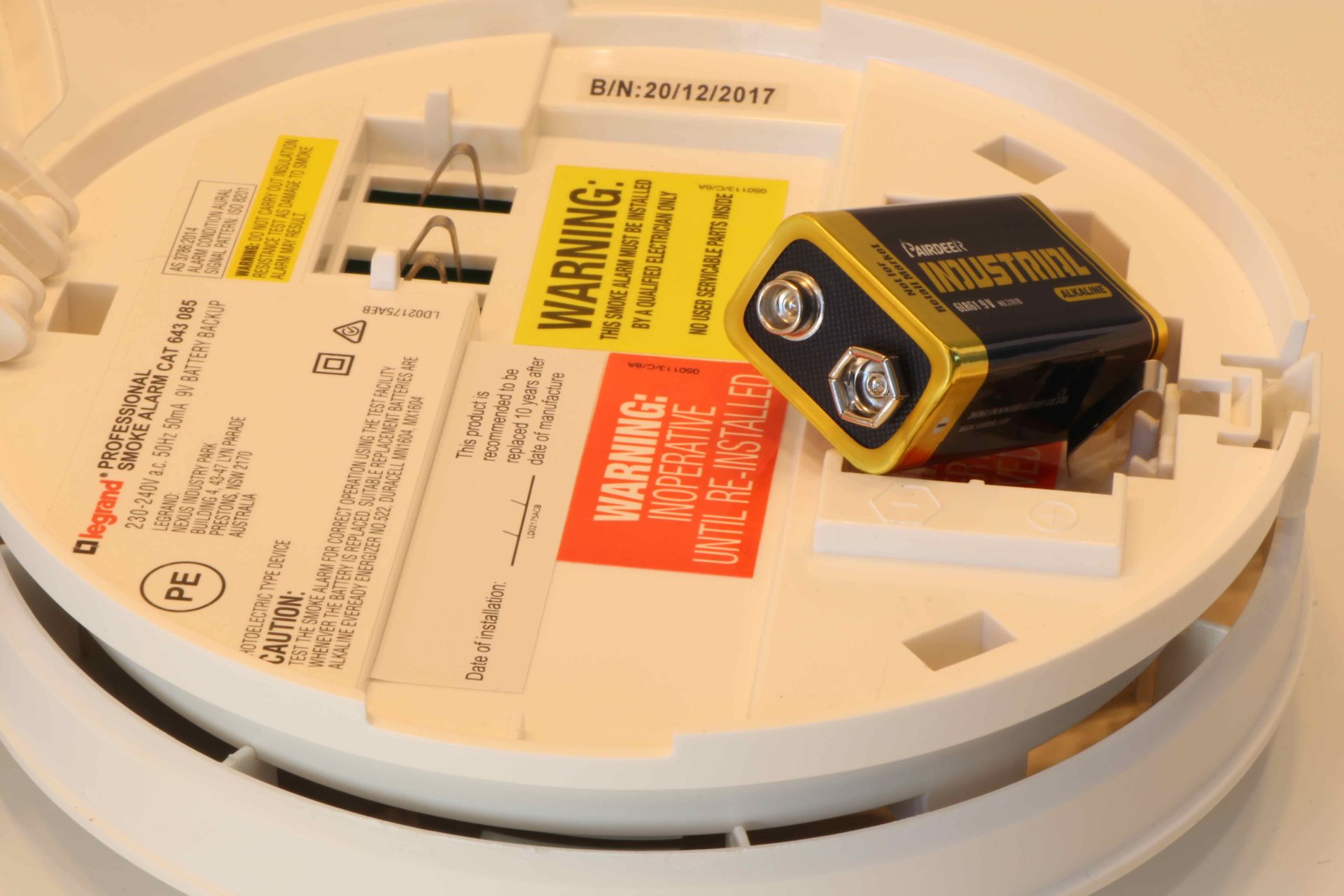
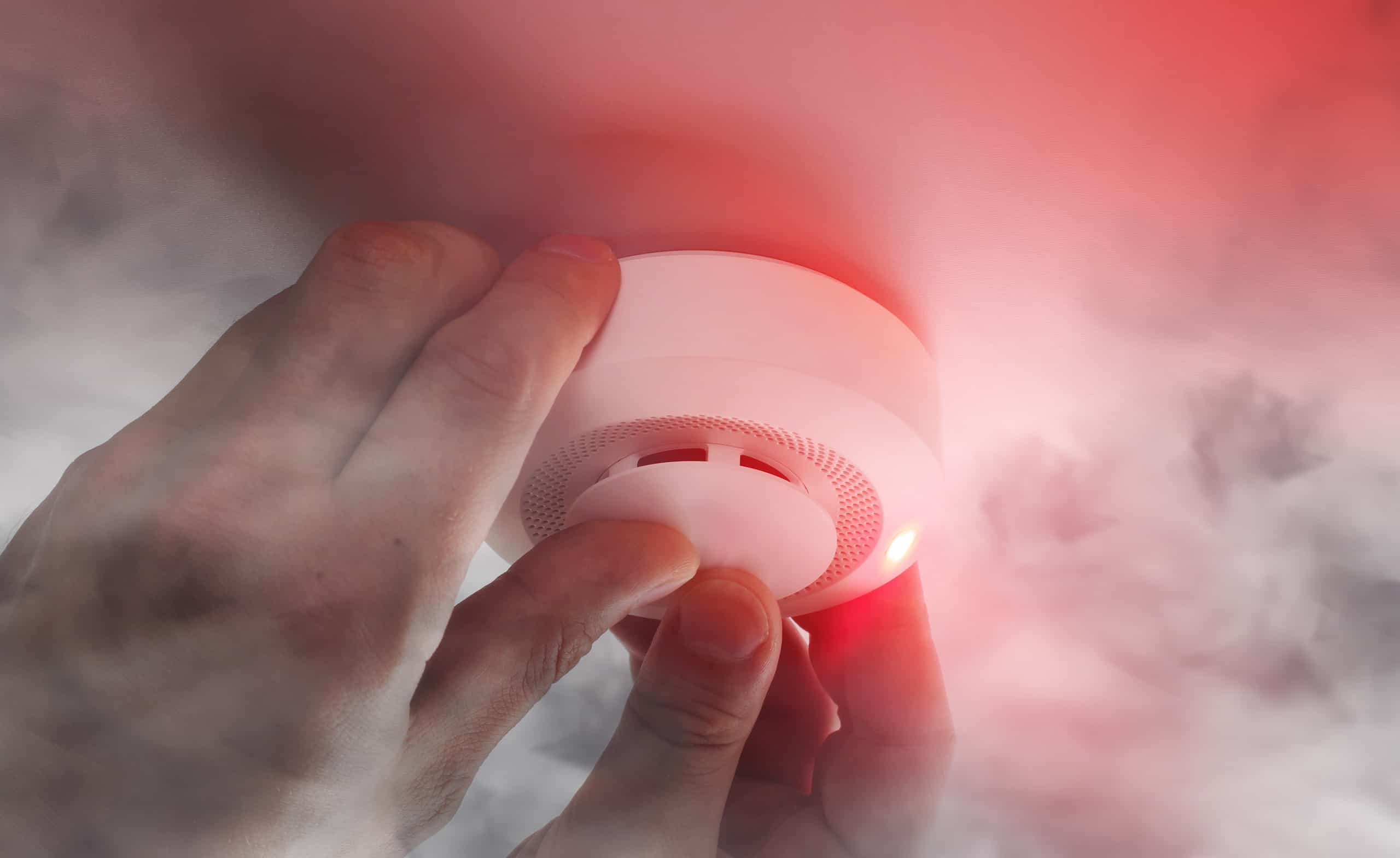
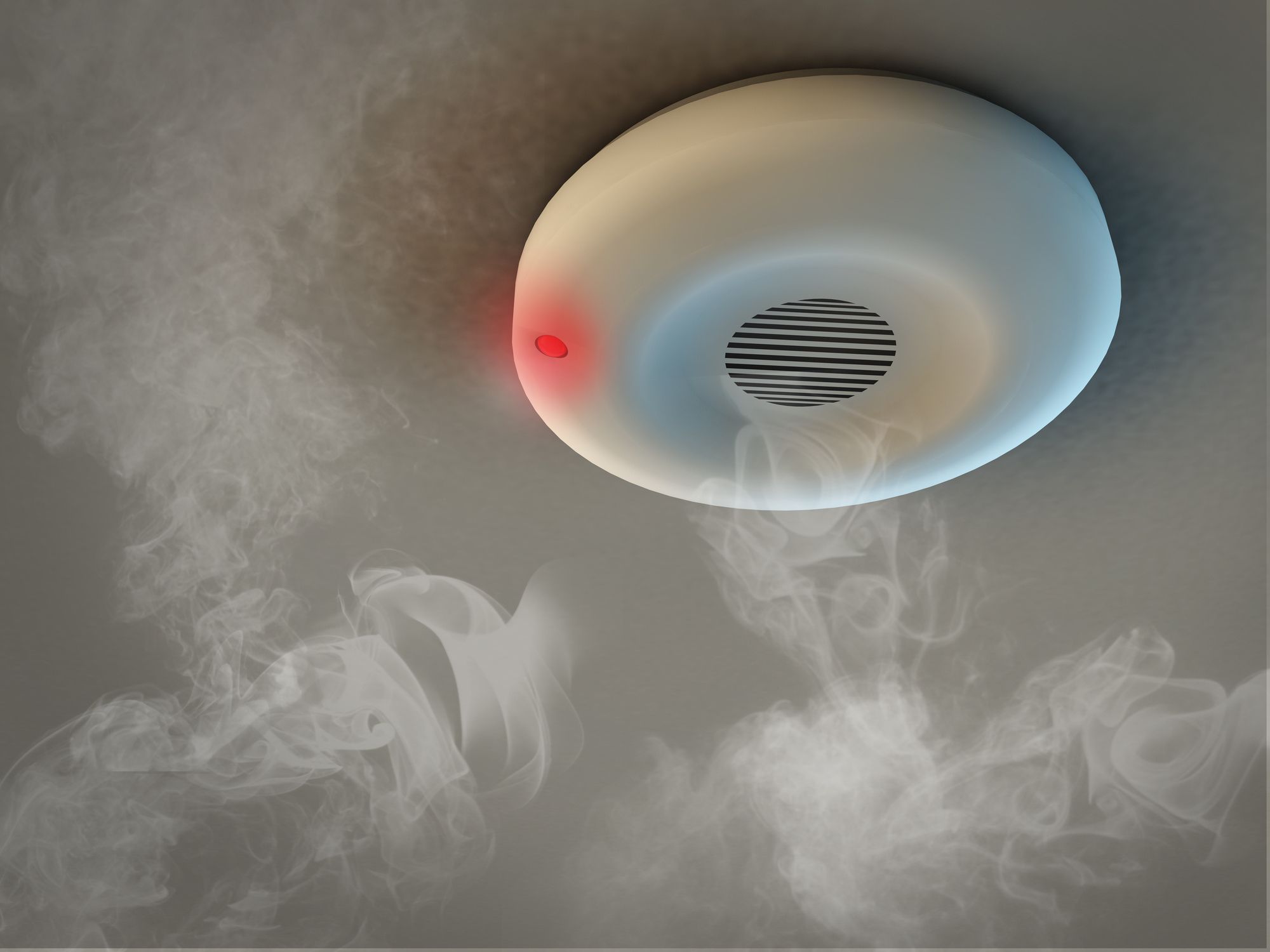
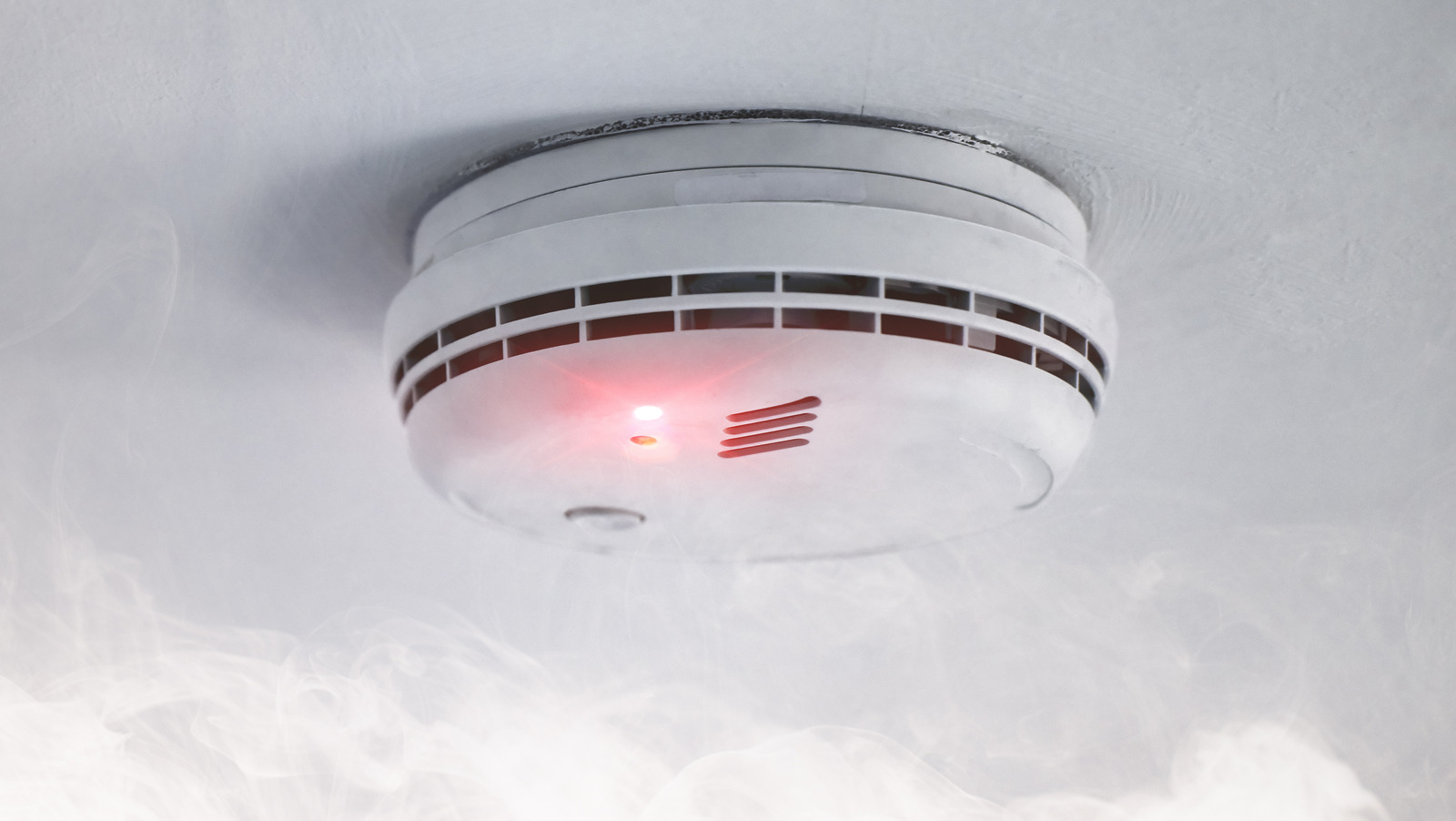

0 thoughts on “What Does A Smoke Detector Detect”